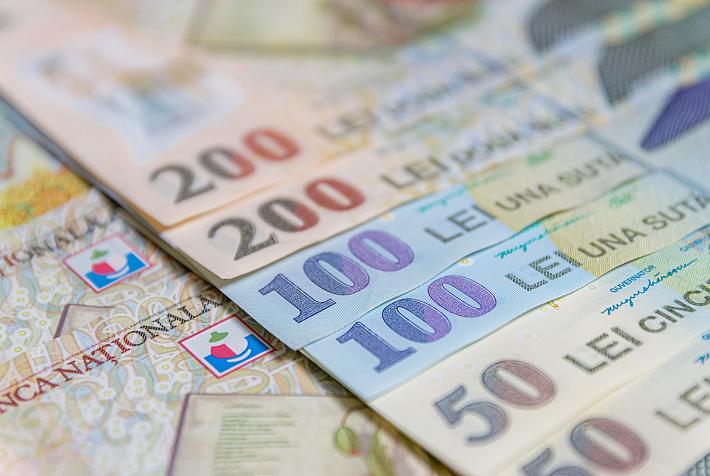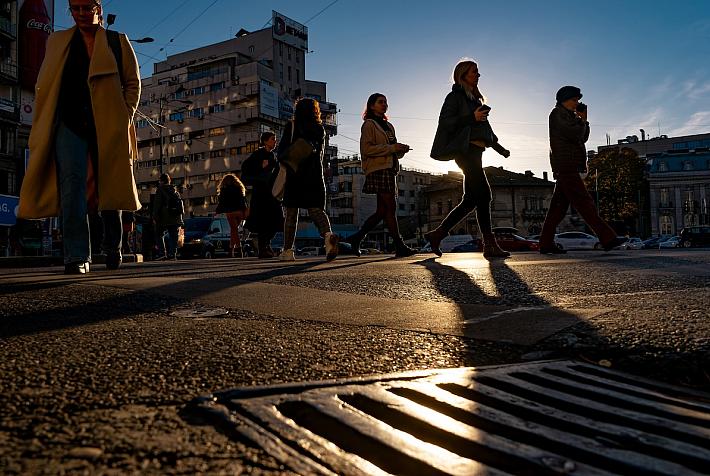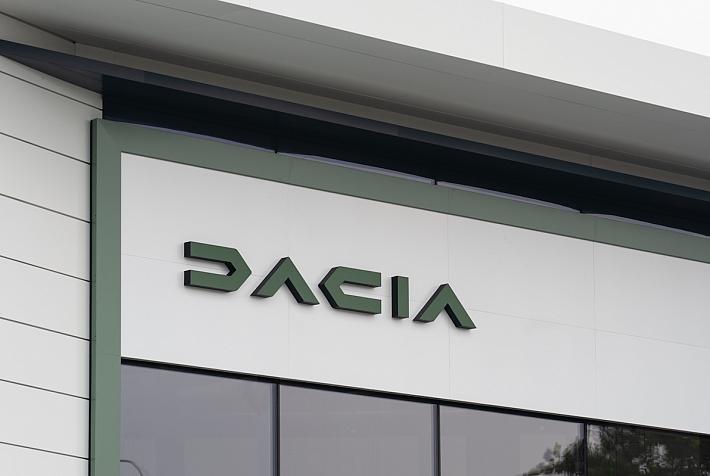Romania’s IT&C, construction sectors defy 10.5% economic slowdown in Q2

Romania's GDP contracted by 10.5% in the second quarter of the year (Q2) compared to the same quarter of last year, and by 12.3% compared to the previous quarter, the statistics office INS confirmed.
While the industrial activity and the sector of services for households (mainly HORECA) dragged down the GDP's annual performance by 4.6pp and 2.6pp respectively because of 20.4% and 20.9% drops in activity volumes, the sectors of constructions and IT&C made positive contributions.
Thus, the added value generated by the construction companies expanded by 9% compared to the same period last year, resulting in a 0.3pp positive contribution to the GDP annual dynamic. The IT&C sector generated 10.4% more added value contributing 0.6pp to the GDP dynamic.
On the GDP utilization side, the gross fixed capital formation notably advanced by 1.8% year-on-year in volume terms, but this is unlikely to account for investments in production capacities but rather the acquisition of medical equipment and other expenditures aimed at mitigating the effects of the coronavirus pandemic.
According to the budget rectification presented in August by finance minister Florin Citu, the Government envisages an economic contraction of 3.9% in 2020, softer than the estimates of the European Commission or the International Monetary Fund, which indicate an economic contraction between 5% and 6% for Romania.
In its turn, Banca Transilvania considers that the domestic economy has already entered the post-pandemic cycle, and forecasts the country's GDP will grow by an average annual rate of over 2.5% in 2020-2022.
"The evolution will be determined by the dynamics of productive investments, which will rise by 3% during this period, backed by the real financing costs remaining at a low level, the potential of the domestic economy and the implementation of measures adopted in the European Union: Next Generation and the multiannual financial framework 2021-2027," says Andrei Rădulescu, head economist of Banca Transilvania.
iulian@romania-insider.com
(Photo source: Natanael Alfredo/Dreamstime.com)













